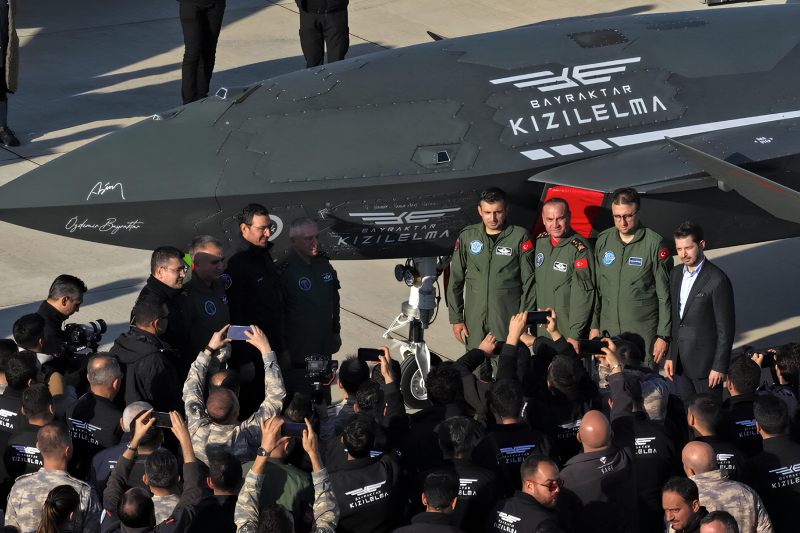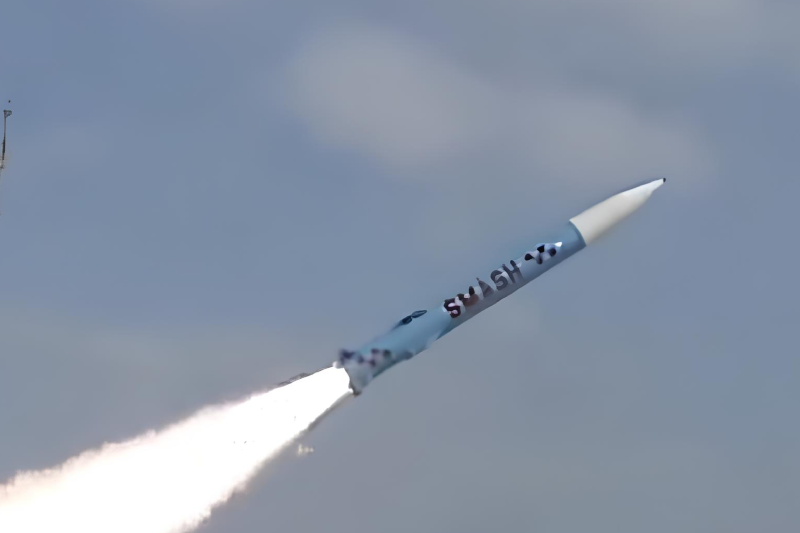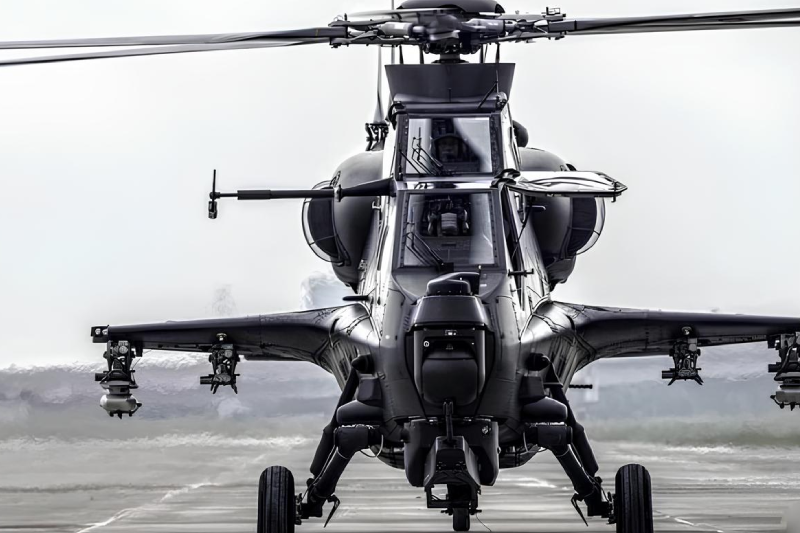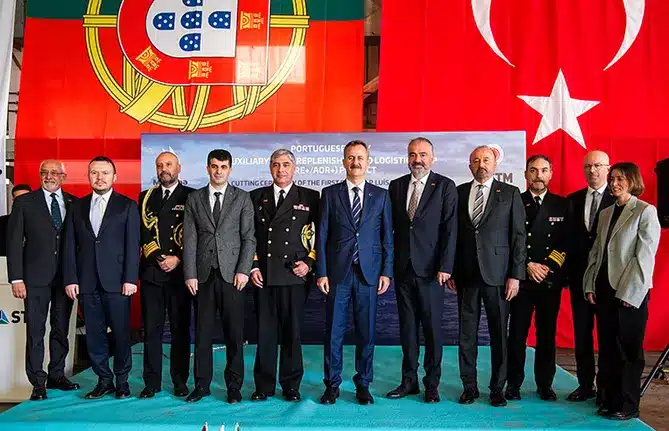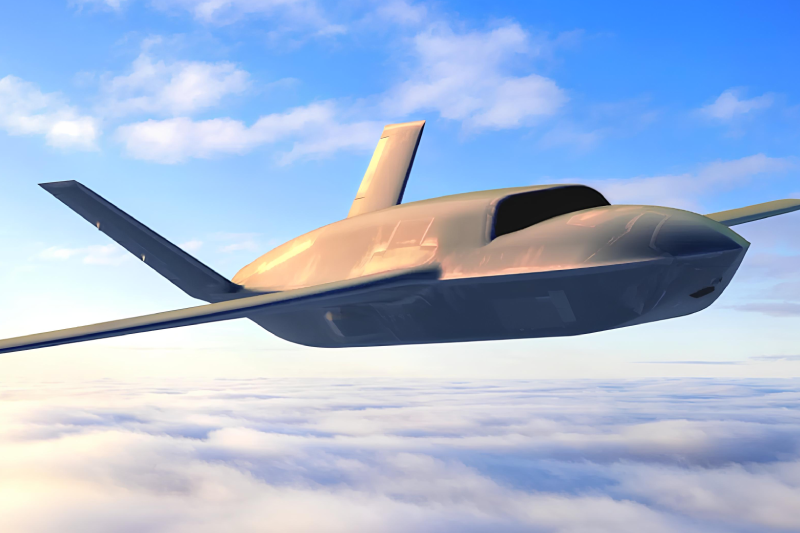General Atomics’ Collaborative Combat Aircraft Completes First Flight Test
General Atomics has successfully completed the inaugural flight of its collaborative combat aircraft, marking a pivotal moment in autonomous military aviation development. The revolutionary collaborative combat aircraft program represents the US Air Force’s commitment to next-generation warfare capabilities, demonstrating how innovative acquisition strategies can rapidly transform conceptual designs into operational reality through accelerated development timelines and industry collaboration.
YFQ-42A Makes Debut at Gray Butte Airport
The drone, officially designated YFQ-42A, took off from Gray Butte Airport located just east of Palmdale, California, during its maiden flight. This General Atomics-owned facility has served as the testing ground for the company’s renowned Predator and Reaper drone programs, providing an ideal environment for advanced unmanned aircraft development. The airport’s proven track record in drone testing ensures optimal conditions for evaluating the YFQ-42A’s performance characteristics.
XQ-67A Heritage and Design Foundation
The YFQ-42A builds upon General Atomics’ successful XQ-67A Off-Board Sensing Station drone, which completed its first flight last year. This evolutionary approach allows the company to leverage proven technologies and design principles while incorporating enhanced capabilities specific to collaborative combat missions. The heritage connection ensures reliability while enabling rapid development progression from concept to operational prototype.
Air Force Secretary Praises Rapid Development Success
Air Force Secretary Troy Meink highlighted the program’s remarkable speed, noting that “CCA went from concept to flight” in record time, proving the service can “deliver combat capability at speed when we clear barriers and align around the warfighter.” This achievement demonstrates how streamlined acquisition processes and industry collaboration can accelerate critical military technology development. The rapid progression validates new approaches to defense procurement and innovation.
Comprehensive Testing Program at Multiple Bases
The YFQ-42A will undergo extensive testing at Edwards Air Force Base, California, followed by operational assessments conducted by an experimental operational unit at Nellis Air Force Base, Nevada. This multi-phase testing approach ensures thorough evaluation of the aircraft’s capabilities before fleet integration. The comprehensive testing program validates performance across diverse operational scenarios and environmental conditions.
Future Basing at Beale Air Force Base
Eventually, collaborative combat aircraft will be based at Beale Air Force Base, California, where a dedicated “CCA Air Readiness Unit” will manage worldwide deployments. This specialized unit will develop operational procedures, training programs, and deployment strategies for collaborative combat aircraft. The centralized basing approach enables efficient logistics support while facilitating rapid global deployment capabilities.
Anduril’s Competing YFQ-44 Fury Development
Anduril, the second company contracted to develop CCA prototypes, has announced that flight testing for its YFQ-44 Fury will “begin soon,” creating competitive pressure that drives innovation across both programs. This dual-contractor approach ensures the Air Force benefits from diverse design philosophies and technological approaches. The competition encourages continuous improvement while providing backup options for production decisions.
Production Decision Timeline
Air Force officials will make production decisions in fiscal year 2026 following comprehensive evaluation of both prototype aircraft’s flight test performance. While service officials previously hinted at potentially carrying both companies’ offerings into production, final procurement quantities will depend on each platform’s demonstrated capabilities. This performance-based approach ensures the Air Force selects the most effective solutions for operational requirements.
Air-to-Air Mission Focus and Fighter Support
The initial CCA increment focuses on air-to-air missions, essentially serving as airborne ammunition carriers that extend fighter aircraft capabilities. This collaborative approach allows manned fighters to carry additional weapons through unmanned wingmen, significantly enhancing mission effectiveness and pilot survivability. The air-to-air focus addresses immediate operational needs while providing foundation capabilities for future mission expansions.
Future Increment Planning and Cost Considerations
While the Air Force has not confirmed specific details about future CCA increments, officials have indicated the next batch will emphasize “low-end” cost and capability characteristics. This approach supports the service’s goal of building affordable mass in unmanned systems while maintaining essential operational effectiveness. The cost-conscious strategy enables larger procurement quantities within constrained defense budgets.
Congressional Funding and Budget Allocation
The Air Force initially requested $111 million for CCAs in its 2026 budget proposal but leveraged congressional reconciliation legislation to inject an additional $678 million into the program. This substantial funding increase brings total 2026 CCA funding close to $800 million, demonstrating strong congressional support for collaborative combat aircraft development. The enhanced funding accelerates development timelines and production capabilities.
Revolutionary Acquisition Strategy Implementation
The CCA program exemplifies innovative acquisition approaches that prioritize speed and efficiency over traditional lengthy development cycles. By clearing bureaucratic barriers and aligning stakeholders around warfighter requirements, the Air Force has demonstrated how modern defense acquisition can adapt to rapidly evolving technological landscapes. This approach serves as a model for future military technology development programs.
Strategic Implications for Modern Warfare
Collaborative combat aircraft represent a fundamental shift in air warfare strategy, enabling smaller numbers of manned platforms to achieve greater tactical effectiveness through unmanned force multiplication. This approach addresses pilot shortage concerns while reducing risks to valuable human assets during high-threat missions. The strategic implications extend beyond immediate tactical advantages to reshape air combat doctrine.
Technology Integration and Network Capabilities
The YFQ-42A incorporates advanced networking capabilities that enable seamless integration with manned fighter aircraft and broader military command systems. These communication systems allow real-time coordination between manned and unmanned platforms while ensuring human oversight of critical mission decisions. The technology integration demonstrates sophisticated approaches to human-machine teaming in combat environments.
International Interest and Export Potential
The successful development of collaborative combat aircraft technology positions the United States as a leader in next-generation military aviation, potentially attracting international customers seeking advanced unmanned capabilities. Allied nations facing similar operational challenges may pursue procurement or technology-sharing agreements for CCA systems. The export potential creates opportunities for defense industry growth and international partnership strengthening.
Don’t miss this: Boeing Builds Next-Gen Self-Piloting Submarines
Manufacturing and Production Scalability
Both General Atomics and Anduril have developed production approaches designed to support large-scale CCA manufacturing while maintaining cost effectiveness. The emphasis on affordable mass production reflects military requirements for substantial unmanned aircraft quantities to achieve desired force multiplication effects. Scalable production capabilities ensure the program can meet ambitious deployment timelines.
Operational Assessment and Fleet Integration
The experimental operational unit at Nellis Air Force Base will conduct comprehensive assessments to determine optimal employment strategies and integration procedures for collaborative combat aircraft. These evaluations will inform training programs, maintenance procedures, and operational doctrine development. The thorough assessment process ensures successful fleet integration and maximizes operational effectiveness.
Keep connected with us at Facebook, Twitter, YouTube, Instagram & TikTok for latest defense happening around the globe.
Discover more from International Defence Analysis
Subscribe to get the latest posts sent to your email.





